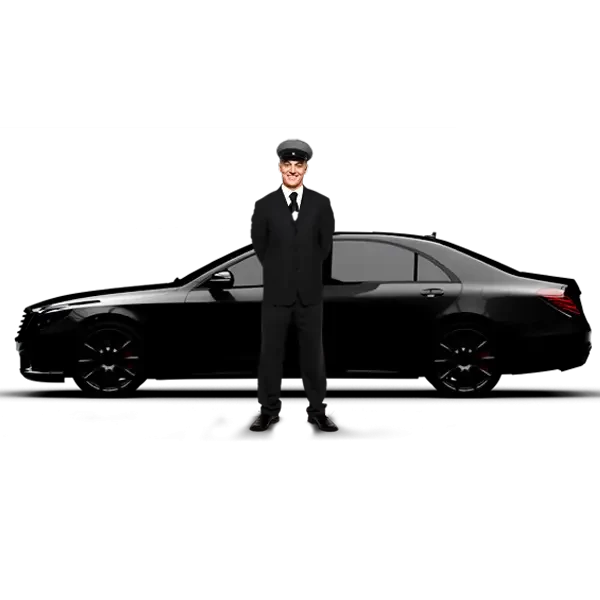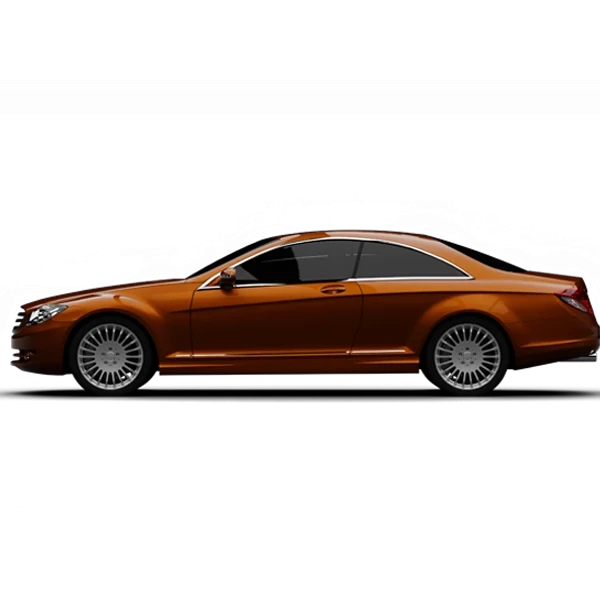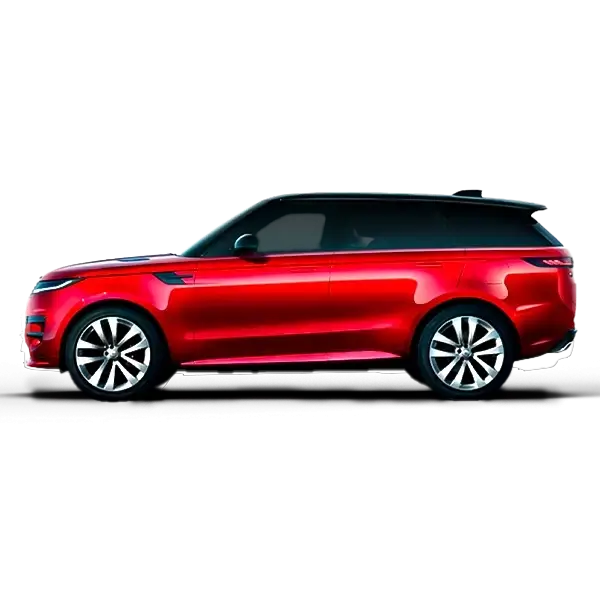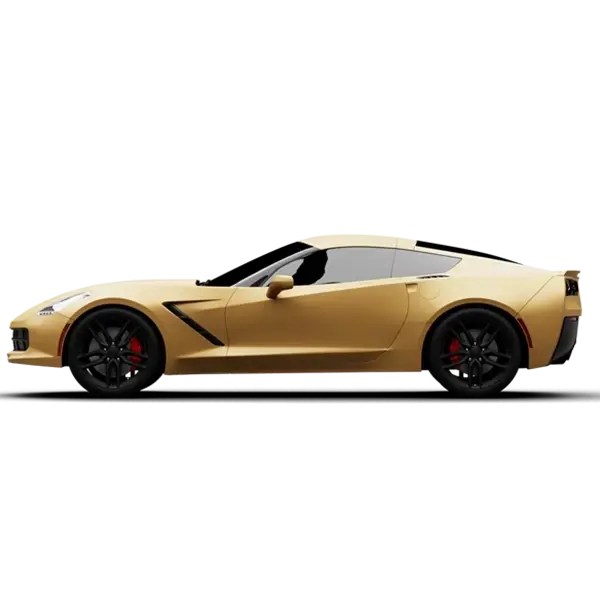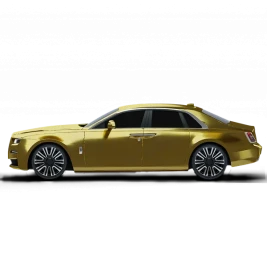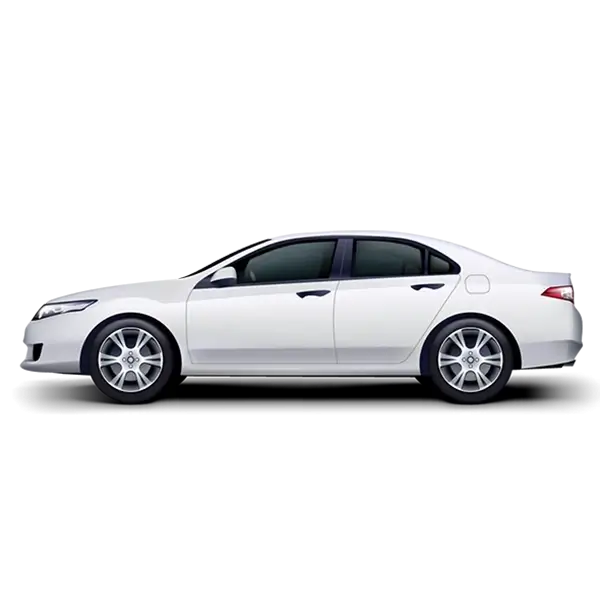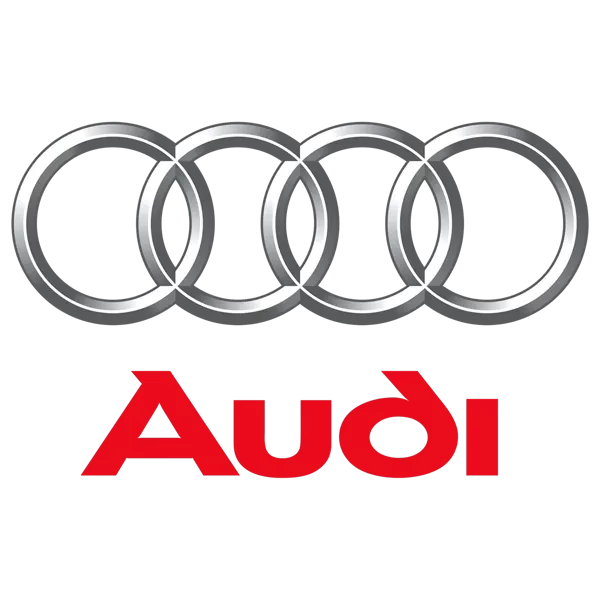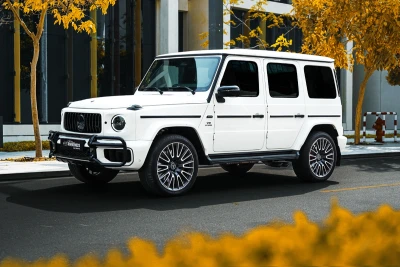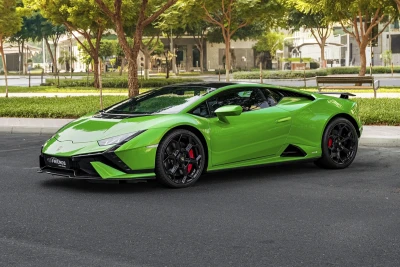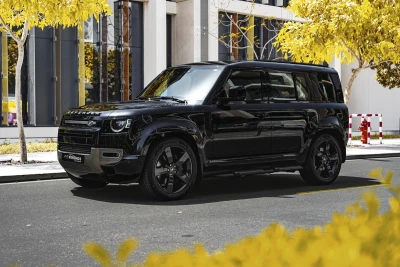What will happen to petrol cars in the UAE after 2050?
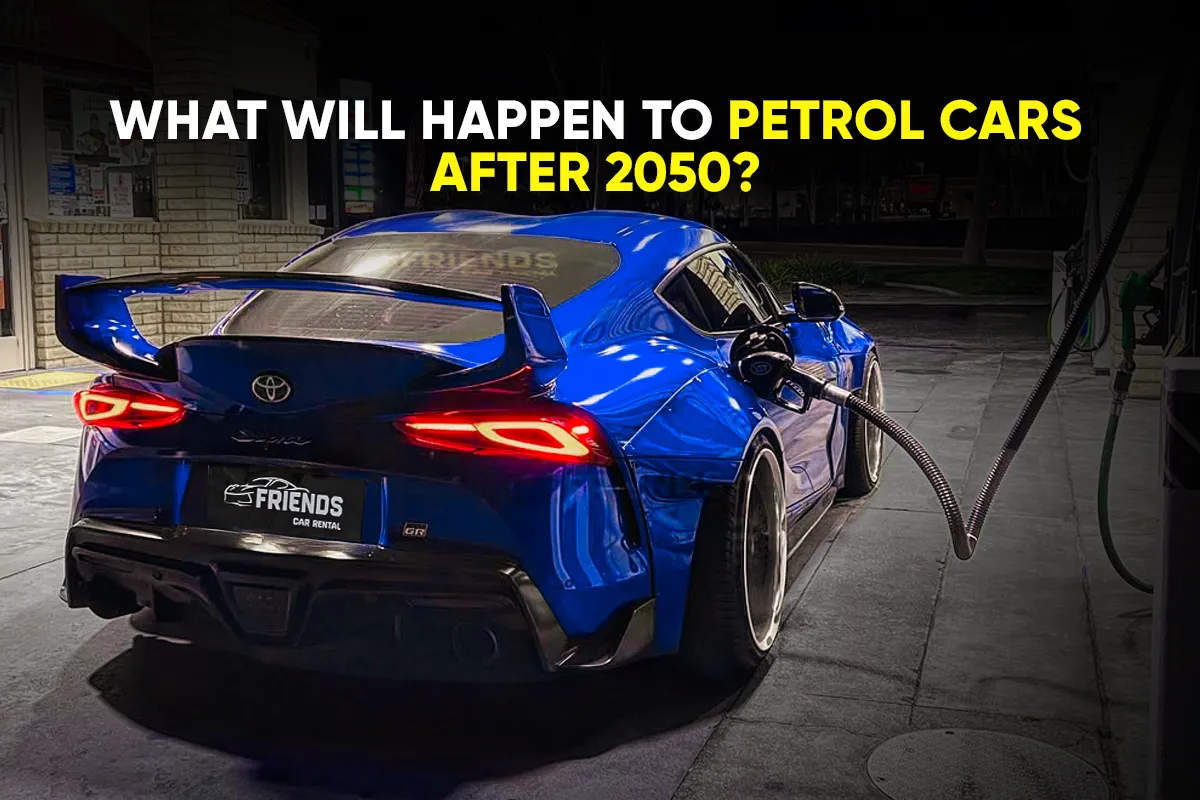
With the UAE’s ultimate vision of net-zero carbon footprint by 2050, it’s common for ICE-powered car owners to worry about the future of their vehicles. Within a few decades, petrol cars can go obsolete, demanding proactive measures and actions from the holders. What exactly will happen to petrol cars in the UAE after 2050? This blog explores the future of gasoline vehicles, navigating through the Emirates’ green country vision and uncovering the future of fuel in Dubai, the truth about ICE vehicles’ alternatives, potential EV dominance, and insightful tips for petrol car owners in the country. Let’s first briefly understand the net-zero 2050 and its impact on petrol cars.
UAE’s Net Zero 2050 Vision and Petrol Cars
The UAE aims to make the country carbon-free by 2050, as part of its commitment to the Paris Agreement. This includes reducing emissions from all possible sectors, including transportation, making gasoline cars (vehicles) a crucial part of it. With around 3.5 million vehicles sprawling in the Emirates, only 5–8% are green vehicles (EVs and CNG/LPG vehicles). This leaves about ~92–95% of gasoline vehicles, which is approximately 2.76 million to 3.325 million to be dealt with.
The transition from these gas-powered automotives to EVs or hydrogen cell vehicles presents a significant hurdle for the country. Several programmes, like Dubai Clean Energy Strategy 2050, Dubai 2040 Urban Master Plan, and the UAE’s Nationally Determined Contributions (NDCs) for 2035 are being individually run to achieve the targeted goal.
This is evident in the UAE’s efforts and commitment to invest 13 billion dollars in clean energy investment and AI-driven hydrogen production. Furthermore, ADNOC and TAQA plan 70,000 EV charging spots in Dubai alone. DEWA’s 3.5 GW solar park extension is yet another example that the Emirates pushing towards a green and carbon-free future in the coming days.
Despite no explicit ICE Ban by 2050, it naturally implies that with such a huge number of ICEs on the road, the country won’t be able to achieve its goal. So, what does it mean for the existing gasoline cars? Maybe in a decade from now, there will be a formal regulation that will determine the future of ICE vehicles in the UAE. But for now, the UAE government has not issued any formal notice on gas cars.
Can You Drive Petrol Cars in the UAE After 2050?
As explained earlier, there is no specific answer to whether you can or cannot drive petrol cars in the UAE after 2050. Hopefully, we’ll soon know the answer in the coming years. However, there is enough room for speculation until the final verdict surfaces.
It is highly likely that you will be able to drive petrol cars in the UAE even after 2050, but with a higher premium. The government might enforce higher road taxes, elevated registration fees, and limited gas car ownership as measures to disincentivize ICE vehicle ownership and encourage the adoption of electric vehicles.
The government may increase fuel prices to potentially AED 10/litre, citing decrease in gasoline production and resources. Additionally, within 25 years, the ICE car parts might become scarce as EVs and hydrogen-cell cars dominate the transport sector in the Emirates.
However, considering Dubai’s love for peculiar hypercars and supercars like Ferrari SF90, Lamborghini Huracan, and McLaren 720S, there might be specific zones for relishing such petrol-powered supercars. There is also a chance that Bentleys and Buggatis will persist as collectible items among the affluent individuals.
As EV and hydrogen infrastructures eventually grow, petrol stations will dwindle. That can lead to a limited number of petrol cars in the Emirates. Considering all factors, we can say that petrol cars will not be completely eliminated from the UAE after 25 years—maybe in 50 years. This means most probably, you will be able to drive petrol cars in the UAE after 2050.
The Value and Costs of Petrol Cars in 2050 UAE
With clear disincentives from the government, petrol cars will eventually become scarce and most mainstream models will discontinue, leaving only exotic models, mostly as collectibles.
As EVs become more affordable and prevalent, the market dynamics could shift, making mainstream petrol cars relatively more expensive to own due to their decreasing relevance and increasing operational costs, even as their resale value potentially declines. This creates a dichotomy: while common petrol cars may face devaluation as they become less desirable, the most exclusive models could see their value soar as coveted collector items. It truly has the potential to swing both ways.
Regardless, it is definite that the collectible cars, like Koenigsegg Jesko Absolut, Ferrari F8 Tributo, Bugatti Chiron, etc., will become even more expensive, as their exclusivity demands higher investments.
As registration fees and maintenance costs for gasoline cars significantly increase, the downfall of petrol cars and their value after 2050 in the UAE is imminent. However, only the future will tell what it holds for petrol cars.
The Dominance of EVs and Alternative Fuels in the UAE
With governmental incentives and private company efforts, we can estimate around 80-90% of transport to be dominated by EVs after 2050. As the UAE government continues to implement its ambitious green mobility strategies and policies, the dominance of EVs in the transport industry is inevitable. The EV brands like Tesla, Lucid, and BYD will probably have the most share in the market.
We will probably see some inclusion of hydrogen cell-powered heavy vehicles as well in that period. You won’t be wrong to estimate that 2050 will be an ideal time for hydrogen to start booming like EVs are at present. You could potentially see Masdar as a leader in the green hydrogen sector. The Emirates targets 10 Hydrogen Refueling Stations (HRSs) by 2030, potentially doubling by 2050, and aims for 15 million tons per annum of hydrogen production by 2050.
Biofuels are yet another fossil fuel alternative, but they are not sustainable and don’t directly support the green earth policy. The UAE’s landscape and limitations to water resources don’t ideally fit the evolution of biofuel. However, you can expect a limited percentage of biofuel vehicles in the Emirates in the coming years, maybe not after 2050.
As we analyze all the factors in the future of the UAE transport industry, EVs will reign supreme around the 2050s, and after some decades, hydrogen will be the go-to fuel in the Emirates, and possibly in the world.
The Role of Autonomous Vehicles and Smart Mobility
The gas-powered vehicle spectrum can be challenged by autonomous vehicles for smart mobility as well. While autonomous technology isn't inherently tied to a specific fuel type, the UAE government's ambitious goal of 25% autonomous transport by 2030 (with a potential for full autonomy by 2050, exemplified by RTA’s self-driving taxis) will likely prioritize electric vehicles. This strategic choice will diminish the relevance of gasoline vehicles in the government-led transport sector.
Furthermore, the rise of mobility-as-a-service: car-sharing and subscription-based rentals may reduce private car ownership. Reduction in ownership will affect both petrol cars as well as their alternatives, but ICE cars will be affected more, as they will already be in decline after 2050.
It’s certain that all automotive giants like Ferrari, Lamborghini, Toyota, BMW, and Mercedes will have shifted from gas-powered to electric and hydrogen models by 2050. They want to stay relevant and fight the current EV brands like Tesla and BYD for market share. With limited and exclusive gas car production for collectors and classic car enthusiasts, the spectrum will migrate to EVs and hydrogen cell vehicles.
Whether it is autonomous vehicles for smart mobility or private ownership, petrol cars will be on the downfall. For environmental reasons or technological enhancements, every automotive industry will shift towards greener alternatives, leaving petrol cars to become a part of distant history.
What UAE Petrol Car Owners Should Do Now
As you know, the potential future of gas-powered vehicles by 2050, you should take properly measured steps with your vehicle. Here are some insightful tips on what you can do now, considering the UAE’s ambitious net-zero emission 2050.
1. Evaluate your current vehicle's longevity and resale value
Assess the current mechanical condition and the cost-effectiveness of future repairs. Monitor the used car market to understand evolving resale values for petrol cars. Consider an early trade-in to maximize your vehicle's value, as significant shifts are likely to occur within the next 5-10 years.
2. Plan for future cost and restrictions
Prepare for potential increases in fuel prices, re-registration fees, and road taxes for petrol cars. Anticipate that ICE car parts and specialized technicians may become less available, leading to higher maintenance costs. Given these trends, transitioning to an EV within the next decade could prove financially prudent.
3. Consider Alternative Mobility Solutions
Embrace the convenience of mobility-as-a-service options like car-sharing and subscription-based rentals, which can alleviate the stress of personal car ownership and maintenance. Alternatively, leveraging Dubai's already robust and expanding public transport systems—including metros, buses, and trams—will offer an increasingly ideal and sustainable travel solution by 2050.
4. Stay Informed & Updated
Keep up-to-date with official announcements from UAE government bodies. Follow RTA, the Ministry of Energy and Infrastructure, and all other governmental bodies on social media and get the latest updates regarding green mobility in Dubai. Take insightful actions to strategically match the changes and updates regarding vehicle regulations in the Emirates.
Final Thoughts
The UAE's transportation landscape is set for a profound transformation, with electric and hydrogen-powered vehicles poised for overwhelming dominance. The slow but certain demise of mainstream petrol cars after 2050 is imminent. However, exotic masterpieces will gain a highly valued place among affluent car enthusiasts, preserving a niche for selected supercars as cherished collector's items. Smart mobility, autonomous vehicles, and comprehensive public transport will become an inseparable part of the Emirates’ future transport infrastructure. Furthermore, proactive planning, exploring EV alternatives, and staying informed on policy changes will be extremely crucial for current petrol car owners. Be prepared to move on with this evolution, even if it means the roar of a petrol engine becoming a rare, nostalgic sound.
Written by: FriendsCarRental
Published at: Sun, Jun 1, 2025 1:03 PM
Leave a Reply
Your email address will not be published. Required fields are marked *
Car Rental in Dubai
AED 2500
DAY
AED 0
MONTH
-
 SUV
SUV -
 4 Doors
4 Doors -
 5 Seats
5 Seats
- 1 Day Rental Available
- Deposit: Not Required
- Insurance Included
AED 5500
DAY
AED 0
MONTH
-
 Sports
Sports -
 2 Doors
2 Doors -
 2 Seats
2 Seats
- 1 Day Rental Available
- Deposit: Not Required
- Insurance Included
AED 1200
DAY
AED 0
MONTH
-
 SUV
SUV -
 4 Doors
4 Doors -
 5 Seats
5 Seats
- 1 Day Rental Available
- Deposit: Not Required
- Insurance Included
AED 1600
DAY
AED 0
MONTH
-
 SUV
SUV -
 4 Doors
4 Doors -
 5 Seats
5 Seats
- 1 Day Rental Available
- Deposit: Not Required
- Insurance Included
AED 1500
DAY
AED 28500
MONTH
-
 SUV
SUV -
 4 Doors
4 Doors -
 5 Seats
5 Seats
- 1 Day Rental Available
- Deposit: Not Required
- Insurance Included

 عربي
عربي
 English
English
 Français
Français
 Русский
Русский
 中国人
中国人
 Nederlands
Nederlands
 Española
Española
 Türkçe
Türkçe
 Italiana
Italiana



